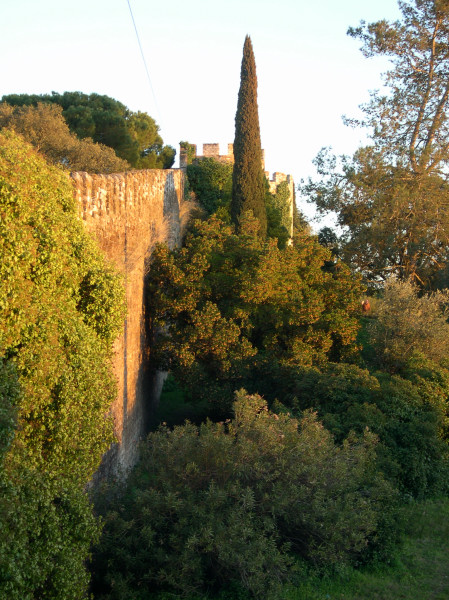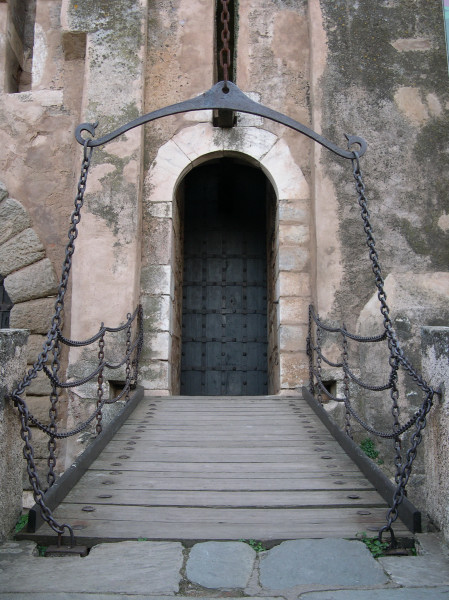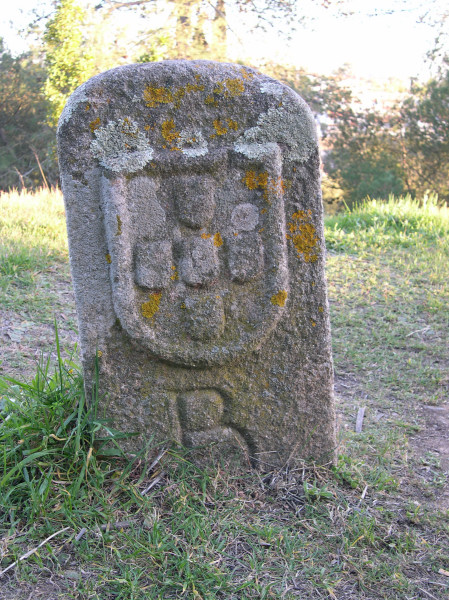|
Muito mais
haveria a dizer sobre os monumentos da vila mas, de forma sucinta,
destacam-se os seguintes:
Palácio
Ducal
Antiga residência dos Duques de Bragança
desde os princípios do século XVI. A fachada principal é toda
revestida de mármores da região e inspira-se na arquitectura
italiana renascentista. No interior das suas 50 salas visitáveis
guardam-se as peças das preciosas colecções de arte e as raríssimas
espécies bibliográficas que pertenceram a D. Manuel II, último
monarca reinante de Portugal.
Panteão
dos Duques e Panteão das Duquesas
O Panteão dos
Duques, Convento dos Agostinhos, foi a primeira casa religiosa de
Vila Viçosa, fundada no reinado de D. Afonso III, no século
XIII.
O Panteão das Duquesas, Convento das Chagas de Cristo, fundado
pelo IV duque de Bragança em 1514, foi entregue à ordem de Santa
Clara.
Castelo
A primitiva fortificação da Vila pertenceu ao rei D. Dinis, que
fundou o Castelo e a Cerca Velha, em obra levada a efeito na última
década do século XIII. Este primeiro castelo, com a Torre de
Menagem, desapareceu na segunda vintena do século XVI, quando os
duques donatários D. Jaime e D. Teodósio I construíram a
subsistente fortaleza artilheira, do tipo italiano mas seguindo o
modelo das praças africanas e indostânicas que os portugueses
haviam introduzido nas suas conquistas ultramarinas.
Pelourinho
A picota da Vila é uma das mais belas, elegantes e
pitorescas do país e, sem dúvida do Alentejo. Compõe-se,
respeitando a tradição clássica dos monumentos similares
portugueses, de cinco partes essenciais: base, com 4 degraus de
mármore branco, pedestal, decorado por 4 rãs ou monstros híbridos,
estilizados, de calcário azul; fuste, de planta rectangular, seco
de lavores e feito de xisto; capitel, de mútulos e roca esferoidal,
transfurada como um turíbulo golpeado de festões e acantos do
estilo de transição Gótico - Manuelino
Tapada
Real
Este complexo criado no tempo da monarquia
(séc.XII), é uma forma que o turista tem de desfrutar do espaço de
lazer criado pelo rei D. Carlos, um apaixonado pela festa brava e
pelas maravilhas da natureza. |



|